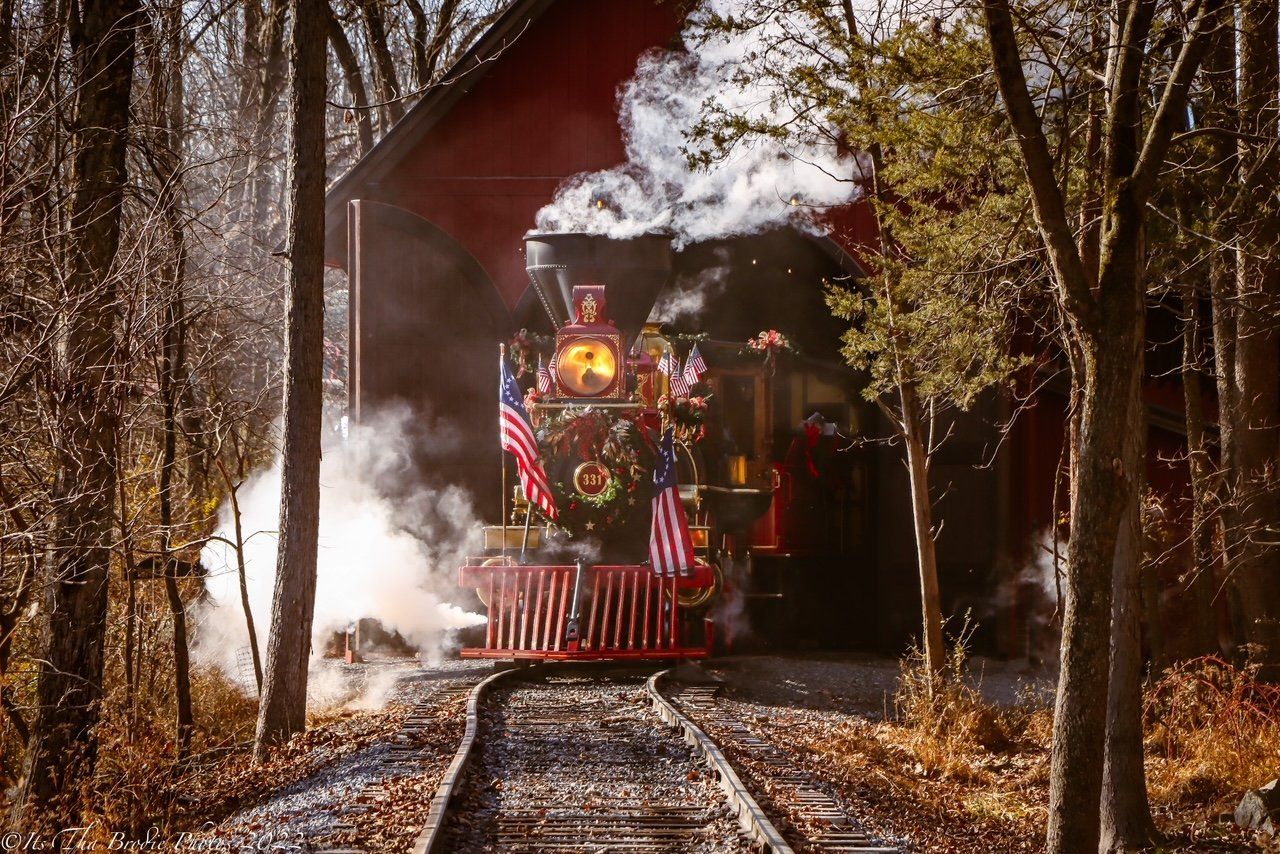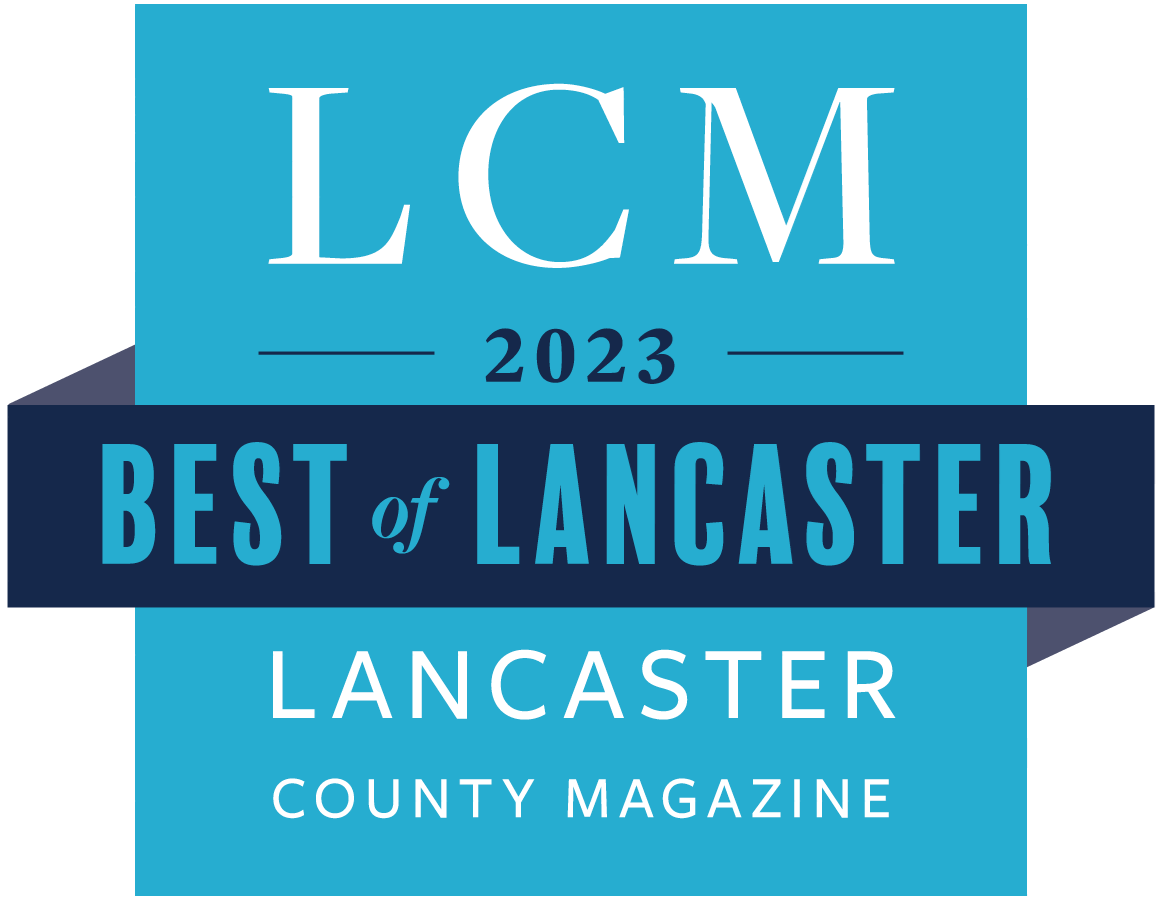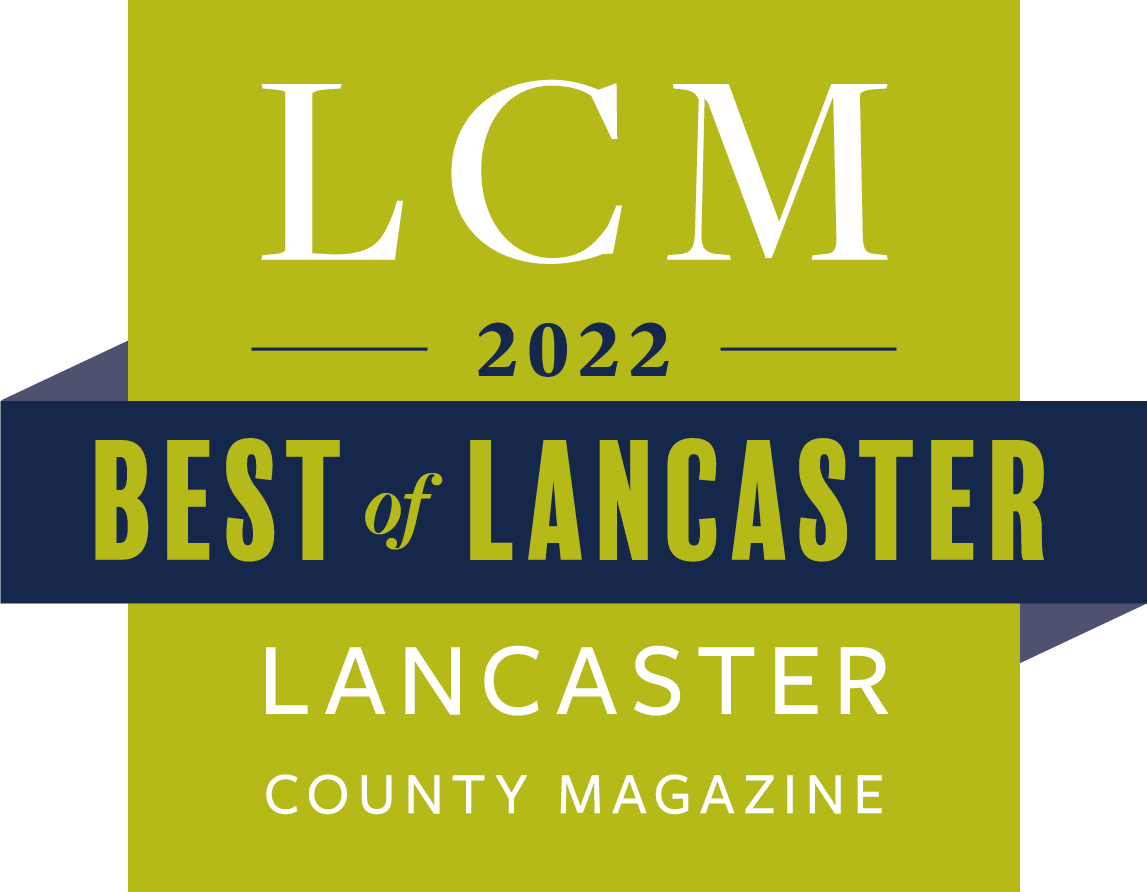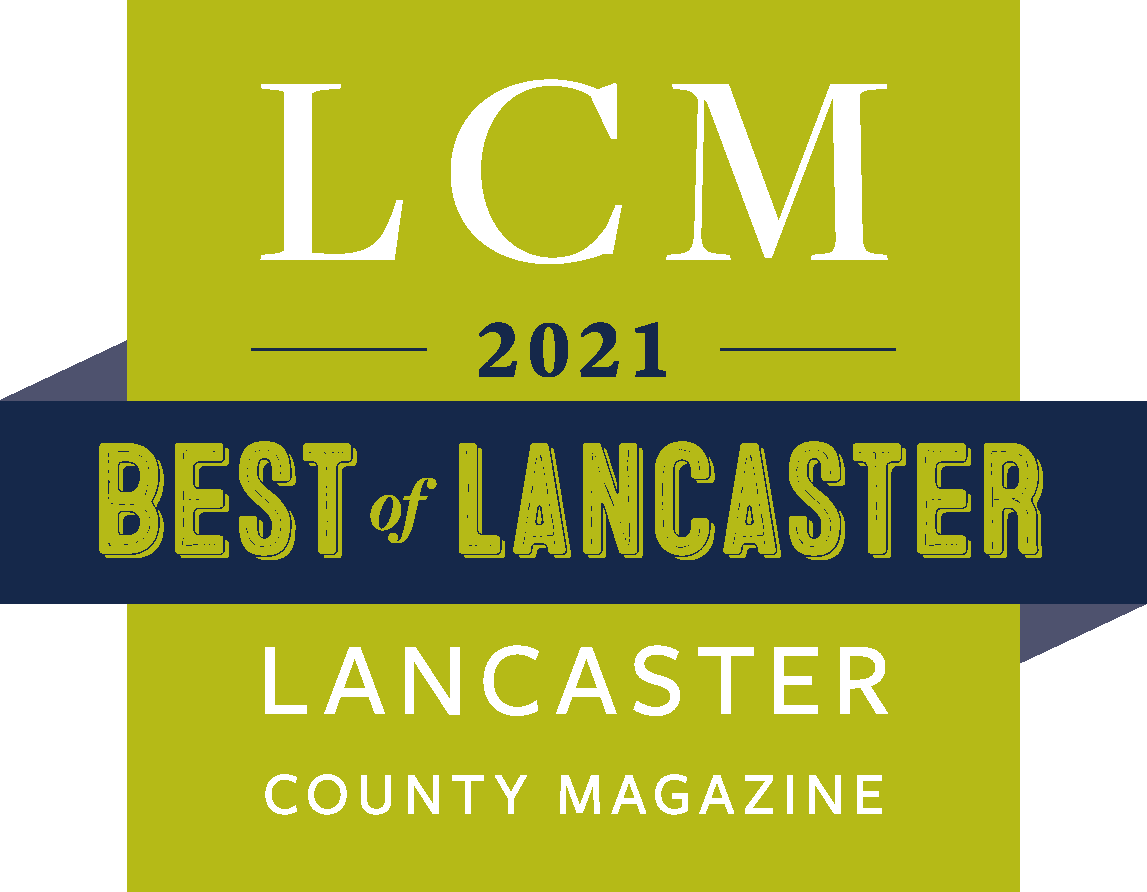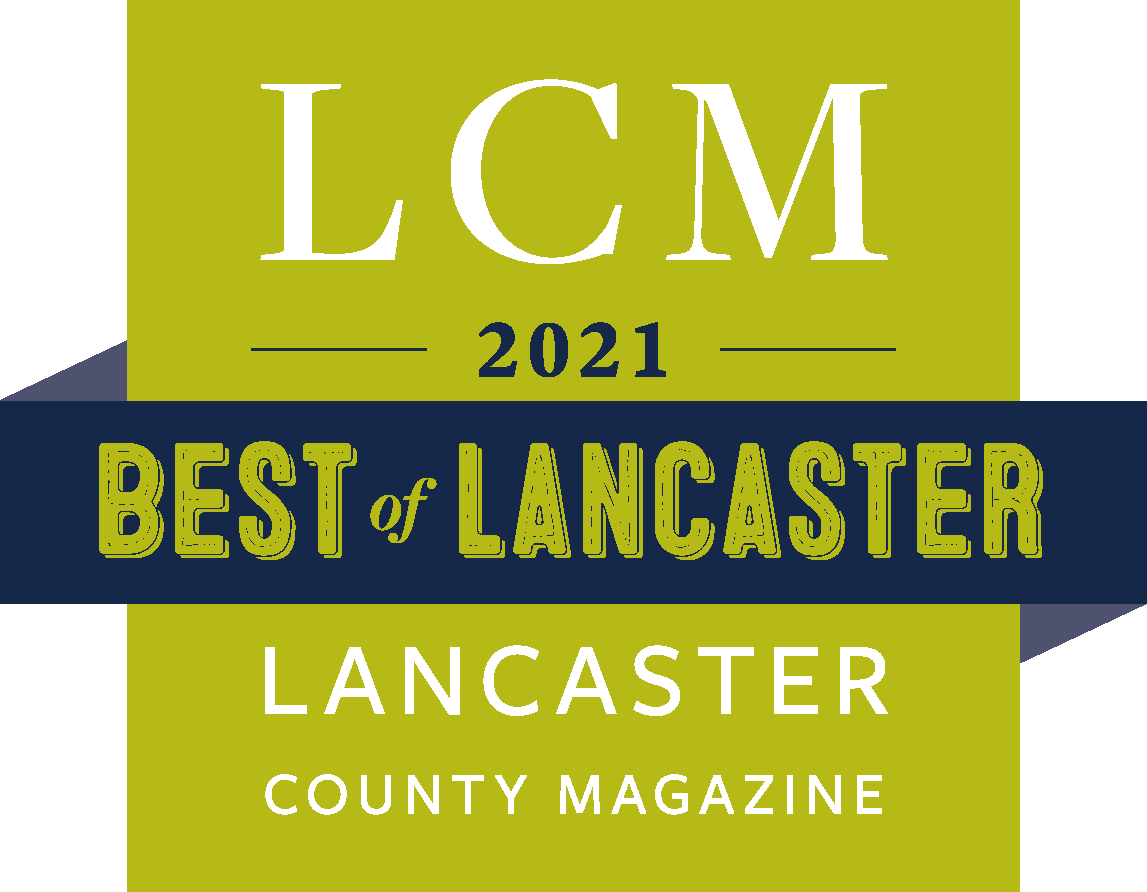Exciting News!!! Stone Gables Estate is doubling the size of our train experience with a 2025 expansion project on the HL&L Railroad. The improvement project includes the addition of trestles, track, switch, and platforms. Our ambition is to be complete and open for train rides for the Fall of 2025. Due to this improvement project, the train will not be in operation at our Easter or 4th of July Events this year. Please be sure to look for updates on the completion and upcoming train events on our social media and at StoneGablesEstate.com
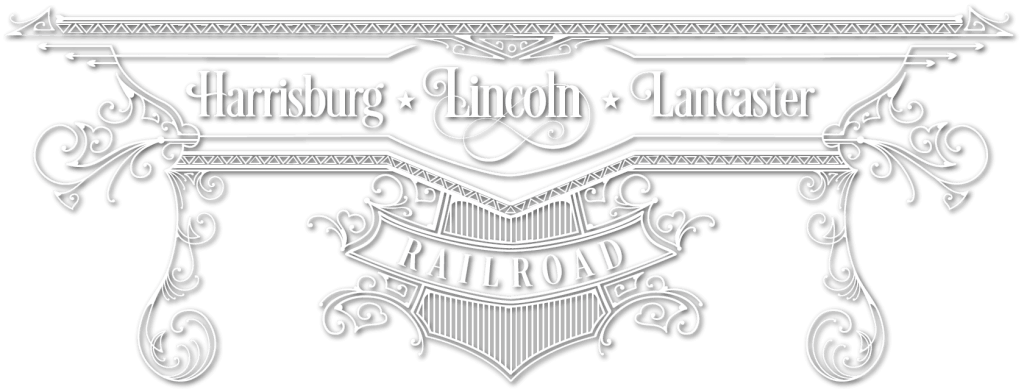

Ride The Train
Enjoy a nostalgic train ride on the Harrisburg, Lincoln & Lancaster Railroad.
Exciting News!!! Stone Gables Estate is doubling the size of our train experience with a 2025 expansion project on the HL&L Railroad. The improvement project includes the addition of trestles, track, switch, and platforms. Our ambition is to be complete and open for train rides for the Fall of 2025.
Due to this improvement project, the train will not be in operation at our Easter or 4th of July Events this year. Please be sure to look for updates on the completion and upcoming train events on our social media and at StoneGablesEstate.com
Ride The Train
Enjoy a nostalgic train ride on the Harrisburg, Lincoln & Lancaster Railroad.
In 2018, Stone Gables Estate purchased the only replica of the Lincoln Funeral Car, built by Dave Kloke. The “United States” rail car is a 2015 replica of the first private rail car originally built for President Lincoln in 1865. Lincoln was scheduled to inspect the new coach on April 15, 1865, the day after he and Mary Todd attended Ford’s Theatre, but he never saw the car. Secretary of War, Edwin Stanton, issued orders for the car to be used to carry Lincoln’s body and that of his son, Willie, who died in 1862. Both were carried back to Springfield, Illinois.
The Funeral Car is housed in the Engine House and Lincoln Museum.
In 2018, Stone Gables Estate purchased the only replica of the Lincoln Funeral Car, built by Dave Kloke. The “United States” rail car is a 2015 replica of the first private rail car originally built for President Lincoln in 1865. Lincoln was scheduled to inspect the new coach on April 15, 1865, the day after he and Mary Todd attended Ford’s Theatre, but he never saw the car. Secretary of War, Edwin Stanton, issued orders for the car to be used to carry Lincoln’s body and that of his son, Willie, who died in 1862. Both were carried back to Springfield, Illinois.
The Funeral Car is housed in the Engine House and Lincoln Museum.
The No. 1864 day coach is known as the “Pioneer Coach,” and seats 40. It was built by Dave Kloke in 2019 and is a replica of a coach built in 1848 for the Galena & Chicago Union Railroad which pulled the first passenger train westbound out of Chicago. Stone Gables Estate purchased this car in 2019.
The No. 1864 day coach is known as the “Pioneer Coach,” and seats 40. It was built by Dave Kloke in 2019 and is a replica of a coach built in 1848 for the Galena & Chicago Union Railroad which pulled the first passenger train westbound out of Chicago. Stone Gables Estate purchased this car in 2019.
No. 1866 is a 53-foot combine coach. This is based on a Bangor & Aroostook mid-1860’s coach design which has a baggage compartment with sliding side doors and a passenger compartment seating 42. It is ADA accessible and also features a curved roof, open platforms, authentic cast iron walk-over seats with leather upholstery, brass lamp fixtures, and brass luggage racks. The interior is finished in walnut and oak, and features an authentic coal stove for heating. The “combination” type coach means it has a baggage compartment at one end, with a partition and door separating the passenger section. When in operation, the baggage doors can be opened (with a gate across) to load and park wheelchairs.
No. 1865 is practically the same as the No. 1866 Combine Coach, same interior and fixtures, no baggage compartment. Authentic cast iron seats, upholstered in different colors than the Combine. Seating for 50 passengers.
No. 1866 is a 53-foot combine coach. This is based on a Bangor & Aroostook mid-1860’s coach design which has a baggage compartment with sliding side doors and a passenger compartment seating 42. It is ADA accessible and also features a curved roof, open platforms, authentic cast iron walk-over seats with leather upholstery, brass lamp fixtures, and brass luggage racks. The interior is finished in walnut and oak, and features an authentic coal stove for heating. The “combination” type coach means it has a baggage compartment at one end, with a partition and door separating the passenger section. When in operation, the baggage doors can be opened (with a gate across) to load and park wheelchairs.
No. 1865 is practically the same as the No. 1866 Combine Coach, same interior and fixtures, no baggage compartment. Authentic cast iron seats, upholstered in different colors than the Combine. Seating for 50 passengers.
Locomotive Facts
- Full-size operating steam locomotive.
- Exact replica of a locomotive built in 1868 by Schenectady Locomotive Works in New York for the Central Pacific Railroad in Sacramento, California.
- Operates on Standard Gauge tracks used in the United States.
Burns oil in the firebox in order to boil water which makes the steam. The original locomotive burned wood. - The car behind the locomotive carries the fuel and water, known as the “Tender.”
- This type of locomotive is known by its wheel arrangement, 4-4-0, which is called the “American Standard” type and was the most commonly used from the 1850’s through the 1870’s.
- Locomotives of this era were all outfitted with elaborate brass or bright work with elaborate lettering and painting.
- This locomotive was completed in 2009 by Dave Kloke of Elgin, Illinois.
- Between 2009 and 2015, this locomotive was rented by tourist railroads around the country to operate for special events. Special trailers were built to haul it.
- Purchased by Stone Gables Estate in 2018 for operation on yet-to be completed three miles of railroad, of which .62 miles of the 1838 right-of-way is reconstructed. The original Lincoln funeral train passed on this route on April 22, 1865. The Liberty Bell Train passed thru the rout in the back.
Locomotive Facts
- Full-size operating steam locomotive.
- Exact replica of a locomotive built in 1868 by Schenectady Locomotive Works in New York for the Central Pacific Railroad in Sacramento, California.
- Operates on Standard Gauge tracks used in the United States.
Burns oil in the firebox in order to boil water which makes the steam. The original locomotive burned wood. - The car behind the locomotive carries the fuel and water, known as the “Tender.”
- This type of locomotive is known by its wheel arrangement, 4-4-0, which is called the “American Standard” type and was the most commonly used from the 1850’s through the 1870’s.
- Locomotives of this era were all outfitted with elaborate brass or bright work with elaborate lettering and painting.
- This locomotive was completed in 2009 by Dave Kloke of Elgin, Illinois.
- Between 2009 and 2015, this locomotive was rented by tourist railroads around the country to operate for special events. Special trailers were built to haul it.
- Purchased by Stone Gables Estate in 2018 for operation on yet-to be completed three miles of railroad, of which .62 miles of the 1838 right-of-way is reconstructed. The original Lincoln funeral train passed on this route on April 22, 1865; the Liberty Bell Train passed on this route in 1915.
Lincoln Funeral Car Specs
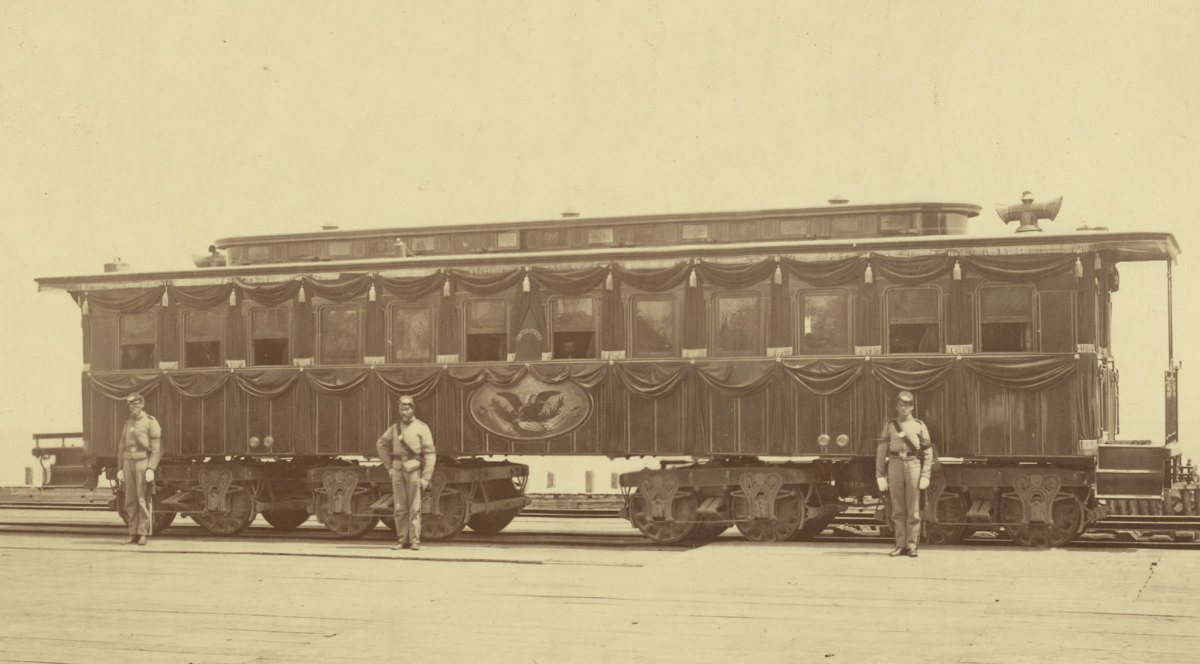
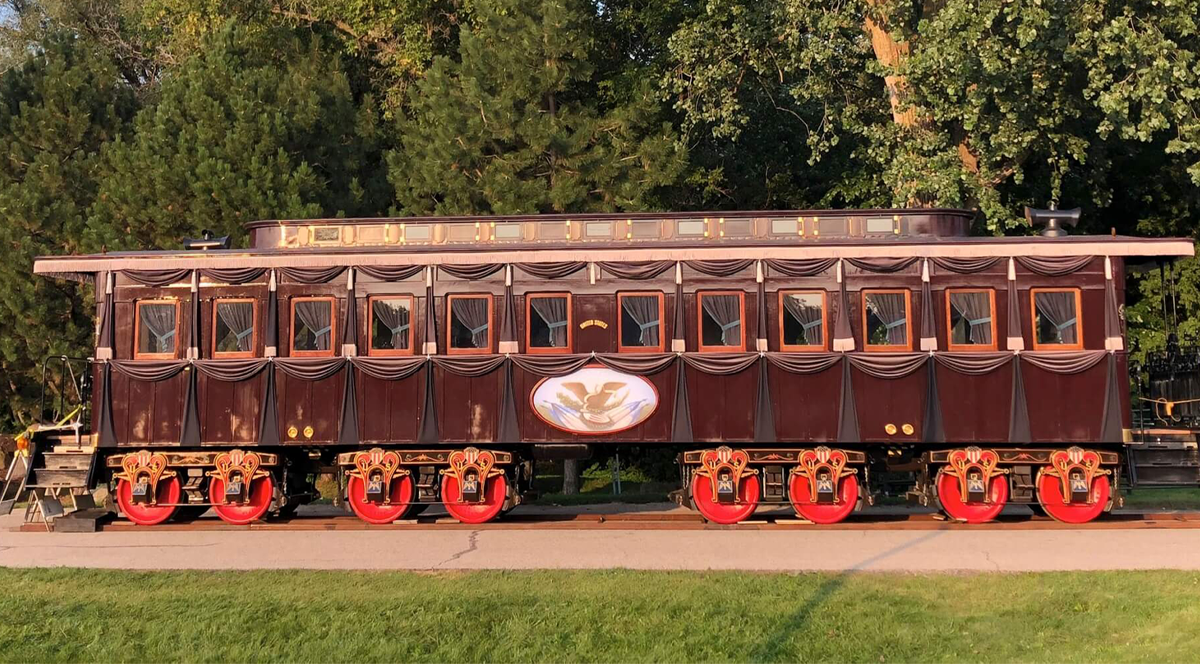
Lincoln Funeral
Car Specs


1865
Official name: “United States”
Built by: United States Military Railroad
Shop Superintendent: B. P. Lamason
Built in: Alexandria, Virginia
Date completed: March, 1865
Time to build: 16 months
Funded by: United States Military/War Department
Original purpose: Presidential State Coach
Height: Approximately 13 feet (on trucks)
Length: 48 feet
Layout: Two parlors on each end; stateroom in the center; corridor down the length of one side
Exterior paint color: Chocolate Brown
Interior paint color (clerestory): Zinc White
Gauge: Double trucks allowed for operation on railroads with varying gauges (U.S. Standard Gauge was not yet in place)
Windows: 42, plus one in each end door
Interior walls: “Upholstered from seat rail to headlining with rich crimson silk.”
Interior woodwork: Black walnut and oak
Headlining: “Tufted crimson silk, gathered into rosettes in the center.”
Curtains: Green silk
Woodstoves: Two Spear-style heaters, one in each parlor in opposite corners
Note: The original Lincoln funeral car was destroyed by fire in 1911.
2015
Official name: “United States”
Built by: Historic Railroad Equipment Association
Year completed: 2015
Time to build: 3 1/2 years
Built in: Elgin, Illinois
Funded by: Dave Kloke, private donations
Number of project volunteers: About 30
Height: 13 feet (on trucks)
Weight: 67,000 lbs. (including trucks)
Length: 48 feet
Furnishings: Many donated period pieces
Exterior paint color: Chocolate Brown
Interior paint color-clerestory: Zinc White
Gauge: U.S. Standard (4 feet, 8.5 inches)
Windows: 42; etched pattern is identical to 1865
Carpet: Period design by Family Heirloom Weavers
Railings: Hand-forged by blacksmiths
Gold leafing: Drawn and applied by hand
Bunting: Hand-sewn and gathered
Window latches: From a period rail car
Interior crimson silk: Installed by hand
Interior woodwork/trim: 2,000 linear feet
Woodstoves: Period reproduction Spear-style, funded entirely through donations
Stateroom quilt: Family Heirloom Weavers
Curtains: Hand-sewn
Paintings: Donated two antiques, one reproduction
Interior lamps (hanging): Period reproductions
Eagle painting (exterior): Hand-painted by a professional artist who used only an 1865 photo for reference
1865
Official name: “United States”
Built by: United States Military Railroad
Shop Superintendent: B. P. Lamason
Built in: Alexandria, Virginia
Date completed: March, 1865
Time to build: 16 months
Funded by: United States Military/War Department
Original purpose: Presidential State Coach
Height: Approximately 13 feet (on trucks)
Length: 48 feet
Layout: Two parlors on each end; stateroom in the center; corridor down the length of one side
Exterior paint color: Chocolate Brown
Interior paint color (clerestory): Zinc White
Gauge: Double trucks allowed for operation on railroads with varying gauges (U.S. Standard Gauge was not yet in place)
Windows: 42, plus one in each end door
Interior walls: “Upholstered from seat rail to headlining with rich crimson silk.”
Interior woodwork: Black walnut and oak
Headlining: “Tufted crimson silk, gathered into rosettes in the center.”
Curtains: Green silk
Woodstoves: Two Spear-style heaters, one in each parlor in opposite corners
Note: The original Lincoln funeral car was destroyed by fire in 1911.
2015
Official name: “United States”
Built by: Historic Railroad Equipment Association
Year completed: 2015
Time to build: 3 1/2 years
Built in: Elgin, Illinois
Funded by: Dave Kloke, private donations
Number of project volunteers: About 30
Height: 13 feet (on trucks)
Weight: 67,000 lbs. (including trucks)
Length: 48 feet
Furnishings: Many donated period pieces
Exterior paint color: Chocolate Brown
Interior paint color-clerestory: Zinc White
Gauge: U.S. Standard (4 feet, 8.5 inches)
Windows: 42; etched pattern is identical to 1865
Carpet: Period design by Family Heirloom Weavers
Railings: Hand-forged by blacksmiths
Gold leafing: Drawn and applied by hand
Bunting: Hand-sewn and gathered
Window latches: From a period rail car
Interior crimson silk: Installed by hand
Interior woodwork/trim: 2,000 linear feet
Woodstoves: Period reproduction Spear-style, funded entirely through donations
Stateroom quilt: Family Heirloom Weavers
Curtains: Hand-sewn
Paintings: Donated two antiques, one reproduction
Interior lamps (hanging): Period reproductions
Eagle painting (exterior): Hand-painted by a professional artist who used only an 1865 photo for reference







